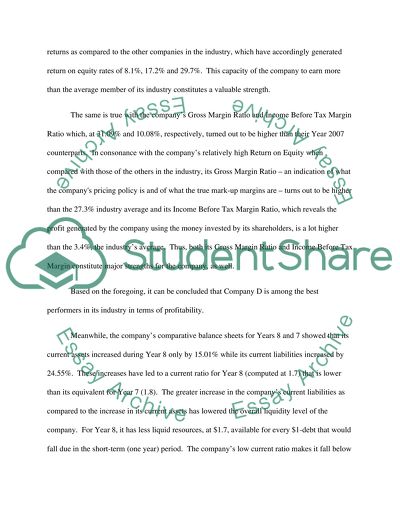Cite this document
(“Analysis of the Financial Position of the Company Essay”, n.d.)
Analysis of the Financial Position of the Company Essay. Retrieved from https://studentshare.org/finance-accounting/1556858-analysis-of-the-financial-position-of-the-company
Analysis of the Financial Position of the Company Essay. Retrieved from https://studentshare.org/finance-accounting/1556858-analysis-of-the-financial-position-of-the-company
(Analysis of the Financial Position of the Company Essay)
Analysis of the Financial Position of the Company Essay. https://studentshare.org/finance-accounting/1556858-analysis-of-the-financial-position-of-the-company.
Analysis of the Financial Position of the Company Essay. https://studentshare.org/finance-accounting/1556858-analysis-of-the-financial-position-of-the-company.
“Analysis of the Financial Position of the Company Essay”, n.d. https://studentshare.org/finance-accounting/1556858-analysis-of-the-financial-position-of-the-company.


